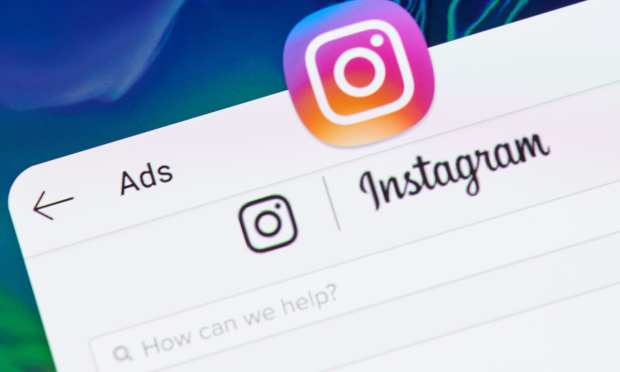Instagram Ending Live Shopping as It Shifts to Other Experiences

Instagram will stop offering its users live shopping on March 16.
Parent company Meta said in a post on the Instagram help center that while other live broadcasting features, like scheduling live broadcasts, inviting guests to join a live broadcast and holding a live Q&A, will be unaffected, Instagram users will no longer be able to tag products in live broadcasts.
“This change will help us focus on products and features that provide the most value to our users,” the post said. “You will still be able to set up and run your shop on Instagram as we continue to invest in shopping experiences for people and businesses across feed, stories, Reels, ads and more.”
This move comes a month after Meta disclosed that it was dropping the “Instagram Shop” tab.
As PYMNTS reported Jan. 12, the social media company had been tweaking the social commerce feature for months and reports emerged in September that Instagram would be cutting back on shopping features.
As part of that movement, Meta had said that Instagram’s existing shopping page will eventually disappear, in favor of that tab function. Then the tabs themselves, which had been around since 2020, were slated to disappear as well.
In early February, it was reported that Meta, Snap and YouTube have been chasing the livestream shopping trend as the next best bet for online selling as TikTok was fighting for its right to operate in the United States.
During a Feb. 2 earnings call, Alphabet CEO Sundar Pichai said YouTube Shorts are “now averaging over 50 billion daily views, up from the 30 billion I announced on the Q1 2022 call.”
Livestream also featured prominently in Meta earnings released Feb. 1, when CEO Mark Zuckerberg told analysts and investors that the company must balance the larger share of ad dollars from Feed against the growing popularity of Reels.
“Currently, the monetization efficiency of Reels is much less than Feed,” Zuckerberg said. “So, the more that Reels grows, even though it adds engagement to the system overall, it takes some time away from Feed and we actually lose money.”
